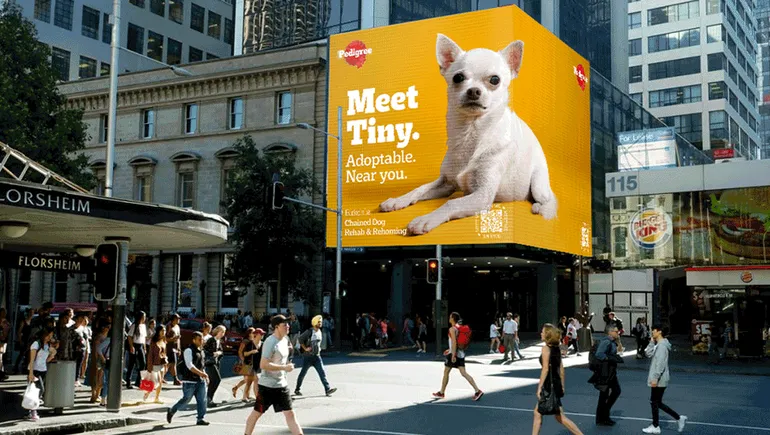
Pandemic-fueled omnichannel shopping surge here to stay: Nielsen
Dive Brief:
- Omnichannel shopping, or shopping both online and in-store, grew by 50% last year as the novel coronavirus pandemic took hold, according to data published by Nielsen.
- The percentage of U.S. consumers surveyed who shopped “heavily or exclusively” online grew by 133% between September 2019 and September 2020, while preferences for in-store pickup increased 26% during the same time period. Pet supplies, vitamins and skincare products saw particular sales growth on omnichannel platforms, and Nielsen noted that Hispanic consumers (54%) have led the charge in utilizing both online and offline fulfillment methods in tandem, compared to respondents who identified as African American (43%) and Asian American (31%).
- More consumers are using online channels not only to purchase goods, but also to compare prices, to research and to identify physical stores, the marketing research firm noted. Nielsen’s findings support its prediction that a post-pandemic environment will not witness a wholesale return to pre-pandemic retail habits, but rather that omnichannel shopping options for consumers are here to stay.
Dive Insight:
With 56% of online shoppers — compared to 51% of brick-and-mortar shoppers — surveyed saying that they put “careful consideration” into each purchase at the point of sale in September 2020, Nielsen’s data drives the point that for grocers, as well as for retailers, a meaningful and value-added online presence is an essential business component.
Job losses caused by the COVID-19 pandemic have widened socio-economic divides across the U.S., further splintering shoppers into “constrained” or “insulated” spender groups, where the former are far more inclined to research across multiple suppliers and purchase private label options to cut down on costs. This rise in highly price-conscious consumers is expected to last for several years and spells out for grocers the importance of offering different price points both virtually and in-store.
Retailers have expanded their virtual communication with consumers over the course of the pandemic by pushing new e-commerce techniques and using social media innovatively to promote their brand identity. A consumer pivot away from e-commerce will occur slowly if at all, according to Nielsen’s findings, so spending on point-of-sale for delivery and pickup, as well as in-store, are long-term investments for grocers.
With more cross-channel shopping occuring, retailers are investing in store and online improvements along with technologies that create a more seamless ecosystem. Albertsons, for one, has bulked up its e-commerce services during the pandemic with the aim of generating long-term omnichannel growth. Its investments include piloting micro-fulfillment centers in two of its stores; automation of order and inventory processes; and building out its private label.
Meanwhile, Walmart recently introduced a new store format that encourages shoppers to navigate using the company’s app. The retailer also laid off hundreds of its corporate staff in logistics, merchandising and real estate last year in order to add jobs to supply chain operations to bulk up its omnichannel offerings.





